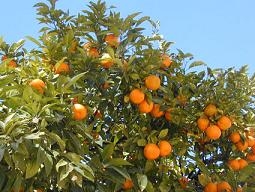The Gafsa oasis has been an example in agricultural matters. In the shadow of the palm, the settled crops made it possible to produce grenades, oranges, figs and vegetable plants. Since these blessed times, rampant pollution and urbanization have seriously started this landscape once idyllic.
Victim of approximate water management, the Gafsa oasis was dried up and quite seriously polluted. However, Oasian agriculture could constitute one of the new chances of development throughout the region. Because if everyone knows the dates of the djerid, there are few who remember, for example, delicious oranges of trusses or naveta bananas.
In the Oasian environment, all these cultures are possible and many initiatives are born in this sense. One of the most remarkable is that concerning the development of compost at the Gafsa oasis in order to make better resource management.
A Tuniso-Finnish project has just emerged thanks to the initiative of His Excellency Tiina Jortikkha-Laitinen, Ambassador of Finland in Tunisia, relayed by the Gafsa Medina Backup Association, initiator of this project. As a well -known maxim says, “Small is Beautiful” and it is thanks to the multiplication of such small -scale projects that sustainable development will find its root anchoring.
So, will we see the oranges again flowering in the oases? It is our most ardent wish to see Oasian agriculture energized and finally exceeded the obstacles that handicap it. Because there is an important job of jobs and an issue for the economic diversification of the whole region.








